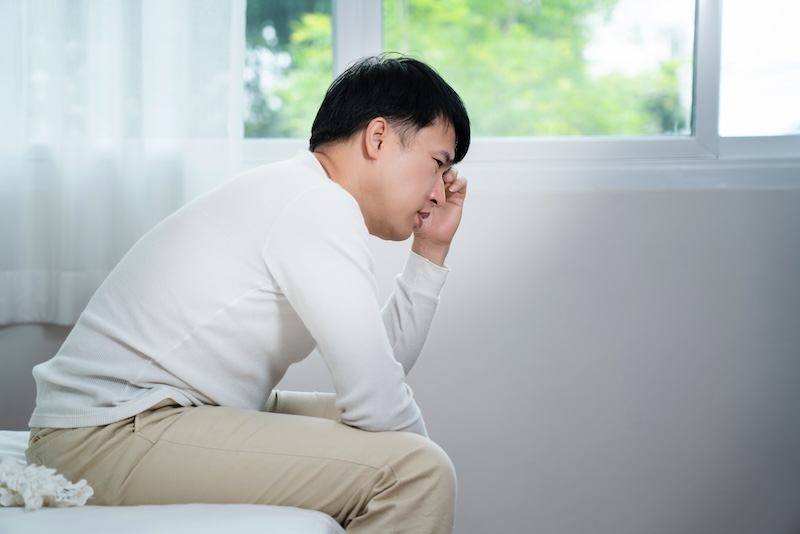
Low Testosterone Remains Untreated in Majority of Men
Androgen deficiency, the condition marked by lower levels of male hormones, continues to go untreated in a significant portion of men. This issue persists despite these men having adequate access to medical care, as noted in a report in the Archives of Internal Medicine, one of the JAMA/Archives journals.
This condition (low testosterone), affects men of all ages. According to background information within the article, testosterone therapy prescriptions have seen an uptick in recent years. Still, the understanding of treatment patterns for androgen deficiency remains somewhat unclear amongst community-dwelling U.S. males.
Understanding the Treatment Gap: A Study by New England Research Institutes
In an attempt to grasp the situation, Dr. Susan A. Hall of New England Research Institutes and her colleagues evaluated data from 1,486 men in the Boston area. The goal was to estimate how many of these men were receiving treatment for androgen deficiency.
Furthermore, this comprehensive study aimed to discern variations in seeking medical care between treated and untreated men. Additionally, they wanted to uncover potential obstacles to accessing healthcare. Hall and her team found that only a small number of men were getting the required treatment for their condition. They identified various barriers to treatment. They included socioeconomic factors and a lack of knowledge about treatment options.
Low Testosterone: Unpacking the Findings
Androgen deficiency causes a range of symptoms. These include low libido, erectile dysfunction, osteoporosis, sleep disturbances, depressed mood, and fatigue. The study found that of the 97 men who met the criteria for androgen deficiency, only eleven were receiving treatment. Testosterone therapy was the main form of treatment these men used.
Interestingly, these men self-administered the majority of these treatments in injectable form, indicating a potential gap in medical oversight. The authors posited that the lack of supervision could be due to a lack of knowledge about treatment options or a reluctance to prescribe testosterone therapy on the part of healthcare providers.
Investigating Discrepancies in Care and Treatment
The study further revealed that untreated men were more likely to have low socioeconomic status, lack health insurance, and rely on emergency departments or outpatient clinics for primary care. However, both treated and untreated men reported receiving more regular care than those without the condition. On average, men with untreated androgen deficiency visited their doctor 15.1 times a year, while those without the condition averaged 6.7 visits.
Despite having ample access to healthcare, a staggering 87.8 percent of the 97 men with androgen deficiency were not receiving treatment. The authors believe that this could be due to a combination of androgen deficiency and a reluctance among healthcare providers to prescribe testosterone therapy. This underscores the need for higher awareness and better treatment pathways for men suffering from this condition.
Article Source: http://www.eurekalert.org/pub_releases/2008-05/jaaj-mmw052208.php

